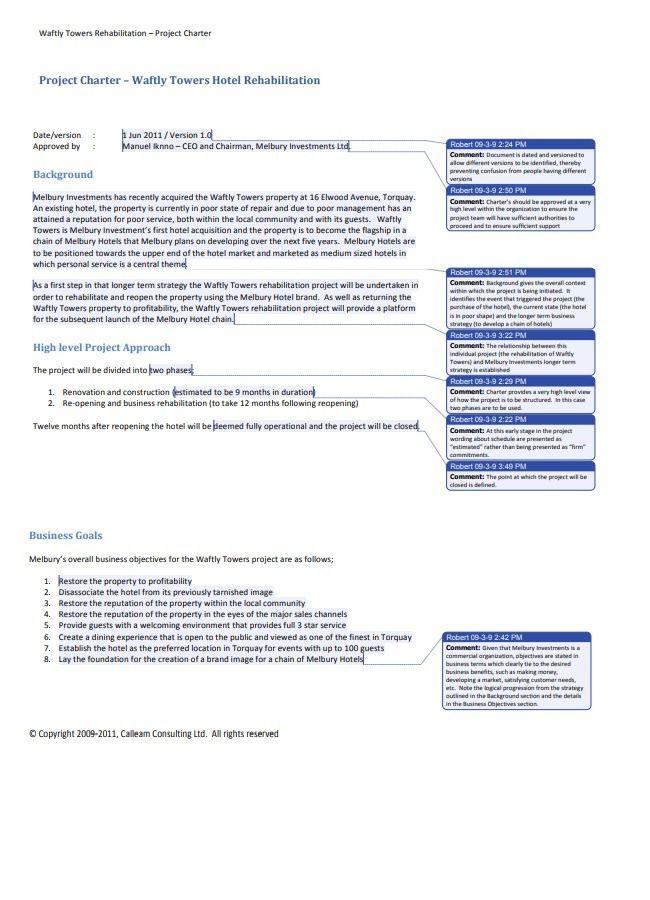Heart Beats and Running Feats: Exploring Heart Rate Monitoring for Runners
As dawn breaks and the world awakens to the rhythmic sound of footsteps pounding against pavement, the heart of a runner beats in sync with the pulse of the day. Every stride carries a story, a quest for endurance, speed, and personal triumph. Yet, beneath the surface of this exhilarating journey lies a complex symphony of biological signals, with the heart rate serving as a crucial conductor of performance and well-being. In an age where technology meets tenacity, heart rate monitoring has emerged as a transformative tool for runners, guiding them through the peaks and valleys of their training. This article delves into the science of heart rate monitoring, unraveling its benefits, techniques, and the profound insights it offers to athletes of all levels. Join us as we explore how understanding this vital metric can enhance performance and foster a deeper connection between runners and their own physiology, ultimately leading to not just feats of speed, but a celebration of fitness and health.
Understanding the Connection Between Heart Rate and Running Performance
When it comes to maximizing running performance, understanding heart rate opens up a treasure trove of insights for athletes of all levels. Monitoring heart rate during a run can illuminate key elements of training intensity, recovery, and overall cardiovascular health. By observing your heart beats, you can:
- Determine Training Zones: Identify whether you are in the fat-burning, aerobic, or anaerobic zones to tailor your workouts effectively.
- Avoid Overtraining: Keep track of resting heart rate changes; a sudden increase can signify that your body is under stress.
- Enhance Endurance: Train at specific intensities to improve your body’s efficiency in utilizing oxygen.
A more structured way to understand your training is through heart rate variability (HRV), which can indicate how well your body recovers after intense workouts. Below is a simple comparison of heart rate zones for various training goals:
| Heart Rate Zone | Percentage of Max HR | Primary Benefit |
|---|---|---|
| Warm-Up | 50-60% | Increases blood flow |
| Fat Burn | 60-70% | Effective for weight loss |
| Aerobic | 70-80% | Improves endurance |
| Anaerobic | 80-90% | Builds speed and strength |
| Max Effort | 90-100% | Improves performance ceiling |
By tapping into these heart rate metrics, runners can craft personalized training programs that not only enhance performance but also promote longevity in their running journey.
Optimizing Training Through Effective Heart Rate Monitoring Techniques
To truly elevate your running regimen, incorporating effective heart rate monitoring techniques is essential in shaping your training outcomes. By consistently tracking your heart rate, you can tailor your workouts to achieve precise fitness goals. Consider integrating these approaches:
- Zone Training: Learn to identify your heart rate zones—from recovery to peak performance—allowing for focused training sessions.
- Interval Training: Use heart rate data to effectively switch between high-intensity bursts and recovery periods, optimizing your endurance and speed development.
- Long Runs: Monitor heart rate during longer distances to ensure you’re maintaining a steady, aerobic pace that promotes fat burning.
- Resting Heart Rate: Keep track of your resting heart rate to assess recovery and overall cardiovascular health over time.
Utilizing these techniques grants you the tools to decode your body’s response to training loads, fostering a greater understanding of your performance metrics and guiding your progression as a runner.
In Summary
In the intricate dance between heartbeats and athletic achievement, the journey of a runner unfolds with each pulse resonating like a metronome of dedication. As we’ve explored the transformative power of heart rate monitoring, it becomes clear that this technology serves as both a guide and a motivator. By embracing the insights gleaned from heart rate data, runners can tailor their training, optimize performance, and cultivate a deeper understanding of their bodies.
Whether you’re just lacing up your sneakers or are a seasoned marathoner, monitoring your heart rate is more than just numbers on a screen; it’s a window into your body’s capacity for endurance, resilience, and growth. As we lace up for the next run, let us carry forward the knowledge that our heartbeats, rhythmic and steady, are not only a testament to our efforts but also a reminder of the potential that lies within each stride.
So, as you hit the pavement or the trail, remember: your heart is your greatest ally in the pursuit of personal feats. Embrace the rhythm, listen to your body, and let each heartbeat fuel your passion for running. Your journey is unique, and with every mile, you are crafting a story of triumph that echoes as powerfully as your heartbeat. Run on, and let your heart lead the way.









Leave a Reply